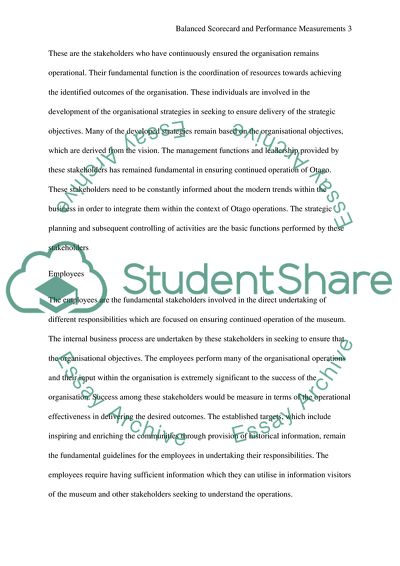Cite this document
(“Balanaced Scorecard and Performance Measurements Case Study”, n.d.)
Balanaced Scorecard and Performance Measurements Case Study. Retrieved from https://studentshare.org/finance-accounting/1640663-balanaced-scorecard-and-performance-measurements
Balanaced Scorecard and Performance Measurements Case Study. Retrieved from https://studentshare.org/finance-accounting/1640663-balanaced-scorecard-and-performance-measurements
(Balanaced Scorecard and Performance Measurements Case Study)
Balanaced Scorecard and Performance Measurements Case Study. https://studentshare.org/finance-accounting/1640663-balanaced-scorecard-and-performance-measurements.
Balanaced Scorecard and Performance Measurements Case Study. https://studentshare.org/finance-accounting/1640663-balanaced-scorecard-and-performance-measurements.
“Balanaced Scorecard and Performance Measurements Case Study”, n.d. https://studentshare.org/finance-accounting/1640663-balanaced-scorecard-and-performance-measurements.


